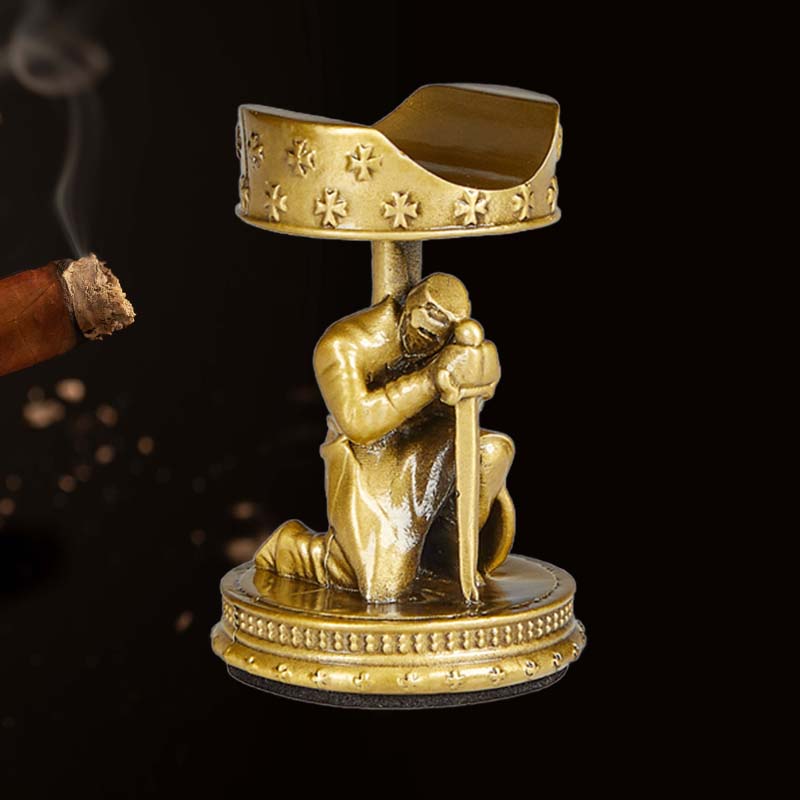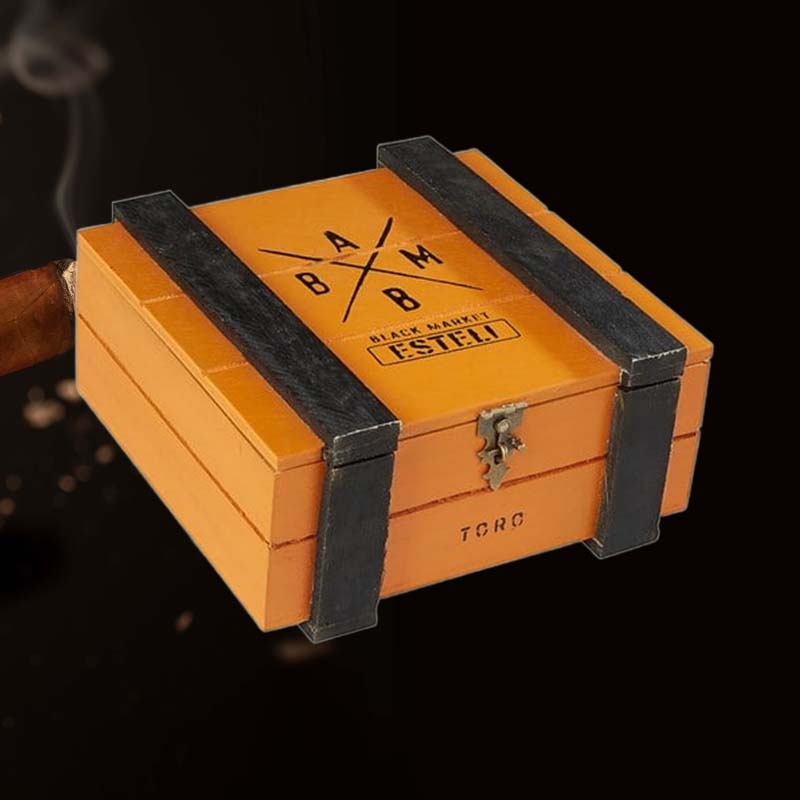My torch lighter isn't working
It’s a frustrating moment when I reach for my trusty torch lighter, only to find it refuses to ignite. It can feel like a tiny crisis, especially when I’m set to enjoy a fine cigar or light a barbecue. In this article, I’ll share my insights into why a torch lighter might not be working and how to tackle those problems head-on, ensuring I can get back to enjoying those precious moments.
Why is my torch lighter not working?
Understanding common issues
There are a variety of reasons why my torch lighter might be acting up. It’s crucial to identify the core issue, whether it’s something simple or a more significant problem. Here, I’ll help break down some common situations that many of us encounter.
Common torch lighter issues and how to fix them

1. Out of fuel
This is the most obvious culprit! When I realize my lighter won’t spark, the first thing I check is if it’s out of butane. It’s frustrating, but simply refilling it often does the trick.
2. Unclean lighter
Over time, dust and debris can collect on my lighter. I find that a quick clean-up can make a significant difference, ensuring smooth function for my next use.
3. Weak flame
If my lighter sparks but produces a weak flame, I suspect either a dirty nozzle or an improper fuel level. Adjusting the flame intensity usually helps brings back the power.
4. Lighter sparks but won’t light
This frustrating situation often means the gas isn’t flowing properly. I’ll check for clogs in the nozzle or ensure that my fuel has not gone stale.
5. Leaks
Finding a leak can be alarming! If I smell gas or see any fuel escaping, it’s essential to handle my lighter with care and not use it—safety first!
6. Dampness
A torch lighter that has been exposed to moisture won’t ignite properly. I’ve learned to keep my lighters in a dry place to prevent this issue.
7. Hissing sound
If I hear a hissing sound when trying to ignite, it might indicate a gas leak or that air is trapped inside the lighter. I always pay close attention to any unusual sounds.
8. Safety features preventing ignition
Sometimes, I’ve found that safety features are preventing ignition. Many modern lighters come with mechanisms that guard against accidental firing, which is a good thing but frustrating if I don’t realize that’s the issue.
Step-by-step troubleshooting guide

Step 1: Check fuel level
The first step I take is to turn the lighter upside down and see if I hear any gas sloshing around. If not, it’s refuel time!
Step 2: Clean the lighter
With a soft cloth or brush, I gently clean the nozzle and exterior. A little maintenance goes a long way.
Step 3: Inspect for leaks
I carefully examine my lighter. If I find any signs of damage or smell butane, it’s time to retire the lighter.
Step 4: Check the flint and spark
I replace the flint if it looks worn out. A fresh flint can make a huge difference in the ignition process.
Step 5: Adjust the flame settings
If my lighter has adjustable flames, I try tweaking the settings. Sometimes, it’s just a matter of finding the right balance!
Step 6: Purge air from the tank
This involves releasing any trapped air before refueling my lighter, which can often fix flow issues. I place a napkin over the nozzle for safety and press down gently.
Preventative maintenance for torch lighters

Importance of regular cleaning
Regular cleaning ensures that my lighter functions properly and maintains a good flame. I make it a habit to wipe it down after each use.
Using high-quality butane fuel
I always opt for a high-quality butane; a good fuel enhances the performance of my lighter and reduces clogs.
Adjusting fuel levels properly
I ensure not to overfill the lighter, as this can create leaks. Balancing is key to consistent performance.
When to seek professional help
Signs your lighter needs professional repair
If my lighter shows persistent issues like leakage or fails to ignite after troubleshooting, it’s smart to consult a professional. These signs often indicate a deeper problem.
Where to find repair services
I typically check local tobacconists or specialty shops that offer repair services. An online search for lighter repair near me is also effective!
Conclusion

Recap of troubleshooting tips
From checking the fuel level to performing regular cleaning and maintenance, my torch lighter can stay in great shape. Troubleshooting my lighter doesn’t have to be daunting; with the tips and steps I’ve shared, I can keep my lighter functioning smoothly and enjoy those moments that matter most.
FAQs
Why won’t my torch lighter work?

If my torch lighter won’t work, it may be out of fuel or have a clog. Checking for fuel levels and cleaning should be my first steps.
Why is my torch not lighting up?

A torch may not light up due to a blocked nozzle or insufficient fuel. Inspecting and cleaning the lighter usually resolves this issue.
Why does my torch lighter spark but not light?

If my torch sparks but doesn’t ignite, there could be gas flow issues or blockages in the nozzle. I need to inspect for clogs and ensure fuel is reaching the spark.
Why is my butane torch not releasing gas?
A butane torch might not release gas due to an empty fuel tank or internal valve malfunctions. Checking the fuel level and adjusting any valve settings can often help.





